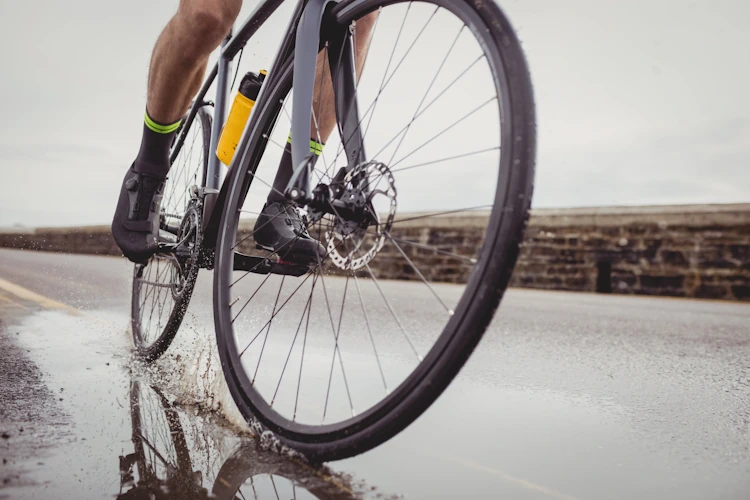
- February 14, 2022
Weight vs. Durability: Balancing Performance and Longevity in MTB Mudguards
Mountain biking enthusiasts often find themselves at a crossroads when choosing mudguards for their bikes. Balancing performance and longevity is a critical aspect of this decision-making process. mtb mudguards not only protect you from splashing mud but also shield your bike’s components from dirt and debris, ultimately extending their lifespan. However, they must also be lightweight and durable to maintain the bike’s agility and ride quality.
Introduction to MTB Mudguards
MTB mudguards are essential accessories for any mountain bike, providing protection from dirt and mud. They are designed to attach to the front and rear of the bike, keeping the rider and components clean and safe. As they are exposed to harsh environmental conditions, mudguards must be both sturdy and resilient.
Importance of Weight and Durability
Balancing Performance and Longevity
When considering the performance of a mudguard, weight plays a significant role. A lightweight mudguard enhances the bike’s agility and responsiveness, especially when riding through technical terrain. However, durability is equally essential. A sturdy mudguard can withstand impacts and maintain its shape over time, ensuring it remains effective in protecting the rider and bike components.
Trade-offs in Material Selection
The choice of material for a mudguard directly influences its weight and durability. Plastic mudguards are lightweight and affordable but may not be as durable as metal or composite alternatives. Metal mudguards are robust and long-lasting but tend to be heavier. Composite mudguards offer a compromise, combining the strength of metal with the lighter weight of plastic.

Types of MTB Mudguards
Plastic Mudguards
Plastic mudguards are the most common choice due to their affordability and lightweight. They are often made from high-density polyethylene (HDPE) or other durable plastics. While these mudguards provide adequate protection, they may not withstand heavy impacts as well as metal or composite options.
Metal Mudguards
Metal mudguards, usually made from aluminum or stainless steel, are heavier but offer superior durability. They can withstand impacts from rocks and branches without deforming, making them a preferred choice for aggressive riders or challenging terrains.
Composite Mudguards
Composite mudguards are a blend of plastic and metal materials, offering a balance between weight and durability. Carbon fiber-reinforced plastics, for example, combine the lightweight properties of plastic with the strength of carbon fiber. These mudguards are ideal for riders seeking a high-performance, long-lasting option.
Factors to Consider When Choosing a Mudguard
Weight Considerations
Consider the overall weight of the mudguard and its impact on your bike’s performance. Lighter mudguards contribute to a more agile ride, especially during climbs and technical descents. However, remember that lighter materials may sacrifice durability.
Durability Considerations
Durability is crucial for a mudguard, especially if you frequently ride through rough terrain. Metal or composite mudguards provide superior protection against impacts and debris, ensuring a longer lifespan for both the mudguard and your bike’s components.
Mudguard Design
The design of the mudguard also plays a role in its performance and durability. Look for features such as reinforced edges or additional struts for added strength. A well-designed mudguard should fit snugly to your bike and provide optimal coverage.
FAQs
- What are the benefits of using an MTB mudguard?
- MTB mudguards protect both the rider and bike components from mud and debris, improving visibility and extending the lifespan of your bike.
- How do I know which mudguard is right for my bike?
- Consider factors such as weight, durability, and design, as well as your riding style and preferred terrain.
- Can I use a road bike mudguard on my mountain bike?
- While it may be possible, road bike mudguards may not provide the same level of protection or durability required for off-road conditions.
- How do I install a mudguard on my bike?
- Installation methods vary depending on the mudguard type and bike model. Refer to the manufacturer’s instructions for specific guidance.
- Are there any maintenance tips for prolonging the life of my mudguard?
- Regular cleaning and inspection can help prevent dirt buildup and ensure optimal performance.